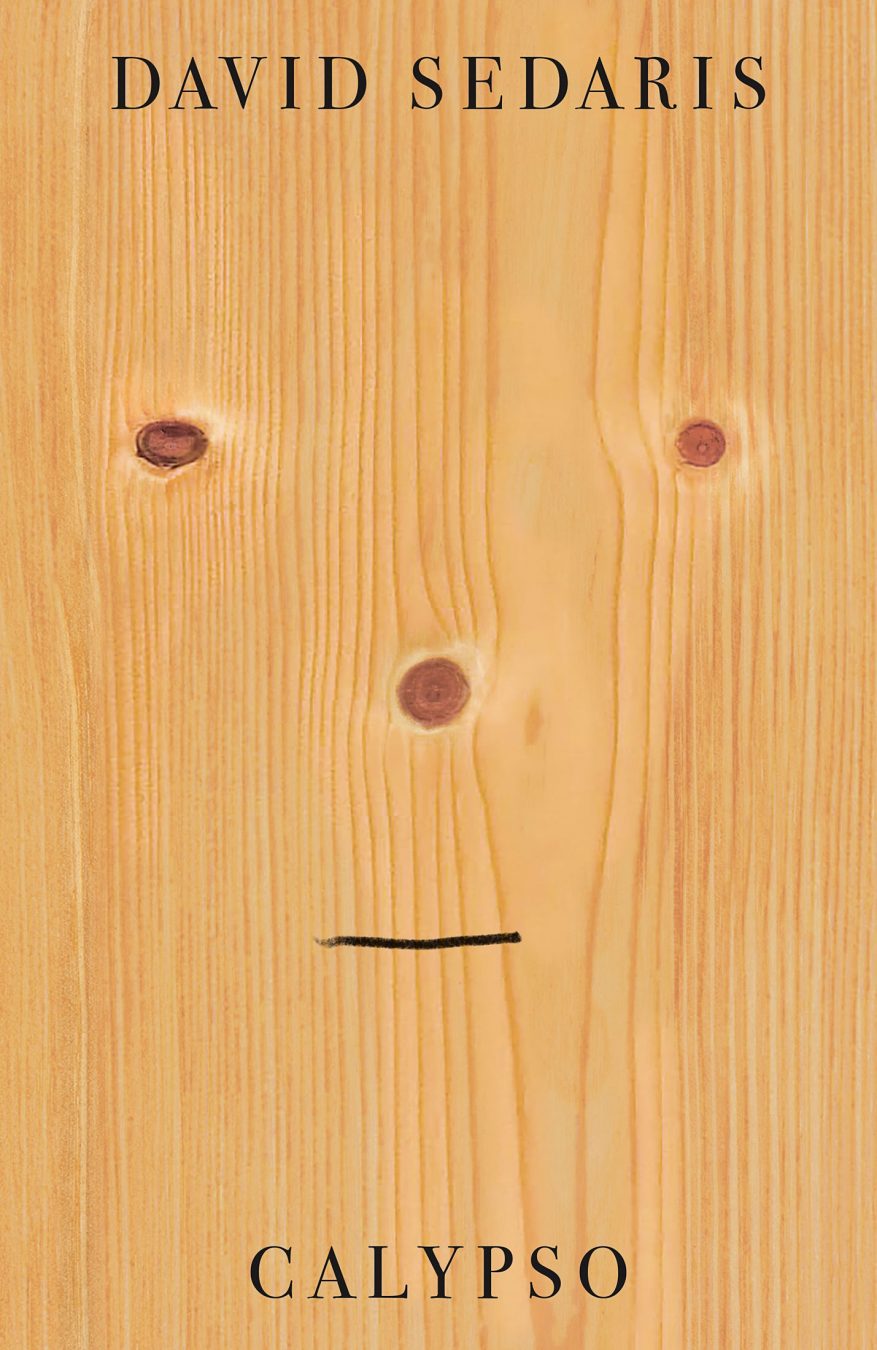David Sedaris and his friend Adam walk onto an airport elevator. (Isn’t this how so many jokes start? A duck and a chicken walk into a bar…) Anyway, as the doors start to close, a woman calls for them to wait, so they hold the elevator and two little girls run in, panting. Their mother, pushing a luggage cart and trying to catch up, looks around to see that her husband is still a far distance behind and then turns back to her girls. “Go to level three!” she yells frantically to them. “Go to level three and wait for us there!” As the doors start to shut once more, Sedaris says in mock menace, “They’re our girls now.”
Recalling the story while strolling along Vancouver’s waterfront, Sedaris chuckles at his punchline. Still, he can’t help but think how the situation would have been even funnier if things had been a little different. “It would be a much better story if it wasn’t Adam, if it was a stranger,” the beloved American humour essayist says as he squints in the sun, dressed in a white shirt embroidered with colourful flowers. “I was glad Adam was there—he can be a witness, he can witness the story. But it would be better if it were a stranger. But there’s nothing I can do about it. So instead I have to work with Adam’s embarrassment rather than a stranger’s complete mortification.”
Sedaris, after all, is not in the business of fiction. He is a documenter of real life as it happens, able to mine his own experiences for pockets of relatability, humanity, and hilarity—and sometimes absurdity. From growing up in North Carolina to being a hobby trash collector in his adopted home of England, Sedaris tells engaging, laugh-out-loud, and entirely delightful stories in a voice that has become distinctly his (though it is imitated by many an aspiring writer). He frequently contributes to The New Yorker and is the author of 10 books, including the most recent Calypso, which was released in May.
It’s a strange thing, writing about one’s own life. Deciding what other people will care about or connect with, and what they will push aside as pure vanity, is an exercise in distillation, in whittling down the self. But Sedaris has become an expert at it, enchantingly making the mundane and the everyday more contextualized and entertaining.
“I think when you first start off, it’s all the big stuff, like if you were to meet people at a party,” he explains. “Now I feel like my job is more to make something out of nothing.” In Calypso, that means an entire essay dedicated to his obsession with watching his Fitbit step counter increase (yes, the wearable technology is currently visible on his wrist). “It’s harder, but I think the stories can ultimately be better,” Sedaris says of writing about ordinary life. “And people can relate to them more, I think.” He has an innate curiosity, and an ability to say yes in situations when others would likely say no—two qualities that allow him to illuminate the world using his specific point of view.
Despite being a fun read from cover to cover, Calypso has its fair share of sorrow, too, namely about his mother’s alcoholism and how hard it was for the family to lose her, and how disconnected he feels from his father. “I know he was mad about the story about my mom drinking. But I think my dad just doesn’t understand,” Sedaris reflects, walking up Howe Street towards his hotel. “If you ask him about his mother, he’ll say, ‘She was a wonderful woman.’ But that’s not saying anything, that’s not painting a picture, that’s not telling you anything about her or about him. What he doesn’t seem to understand is people will accept my mother’s flaws. That it makes them love her more. I see that as my job, just to make the world love my mother as much as I did. To make her beloved.”
A 30-minute wander (that’s about 4,000 steps) now complete, Sedaris is back at the Four Seasons Vancouver. It would be perfectly acceptable for him to say some pleasantries and vanish up the escalator, but instead, in those last few moments before he extends a hand in farewell, he starts to tell another story.
Dig into the Arts.










